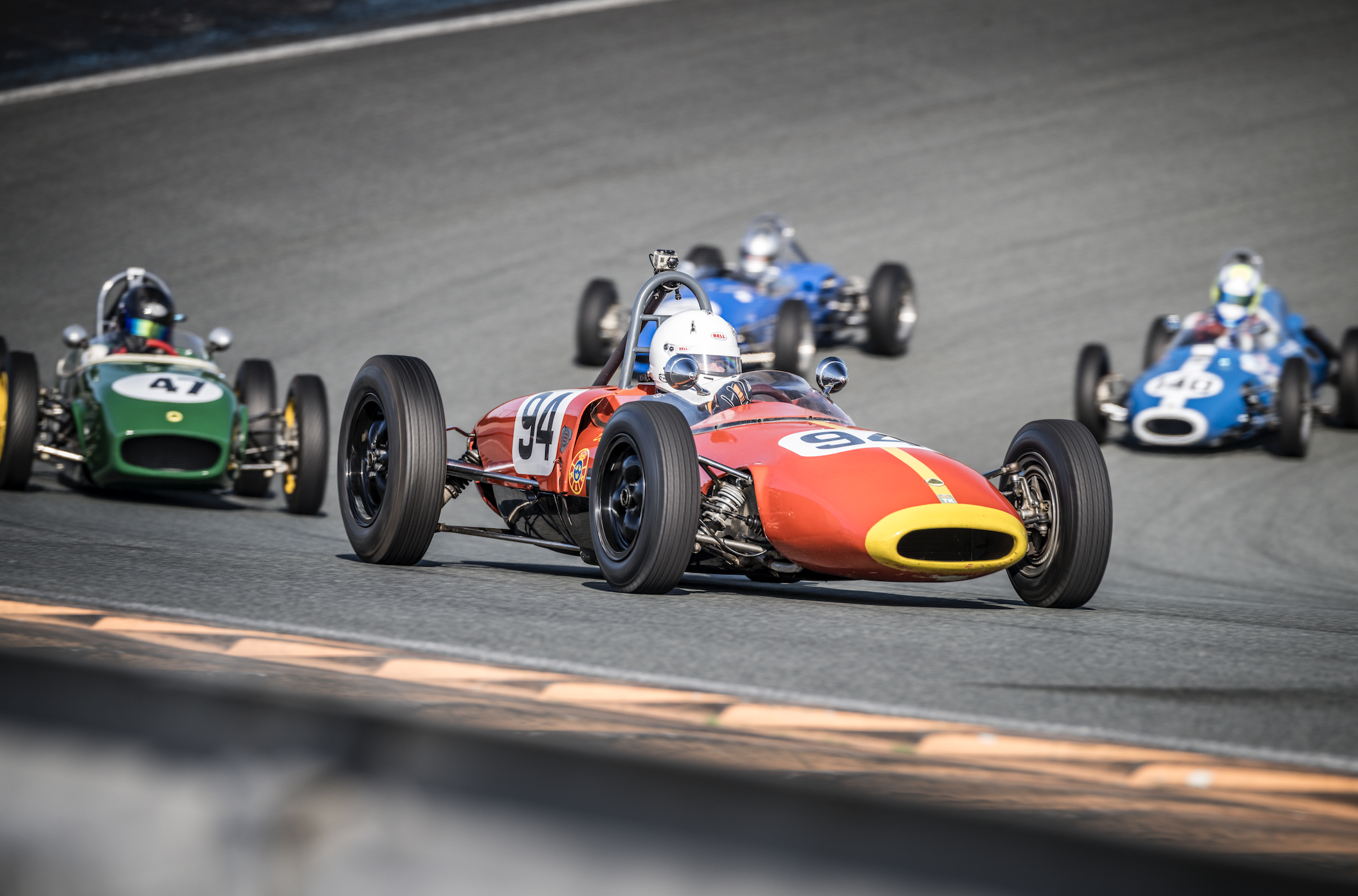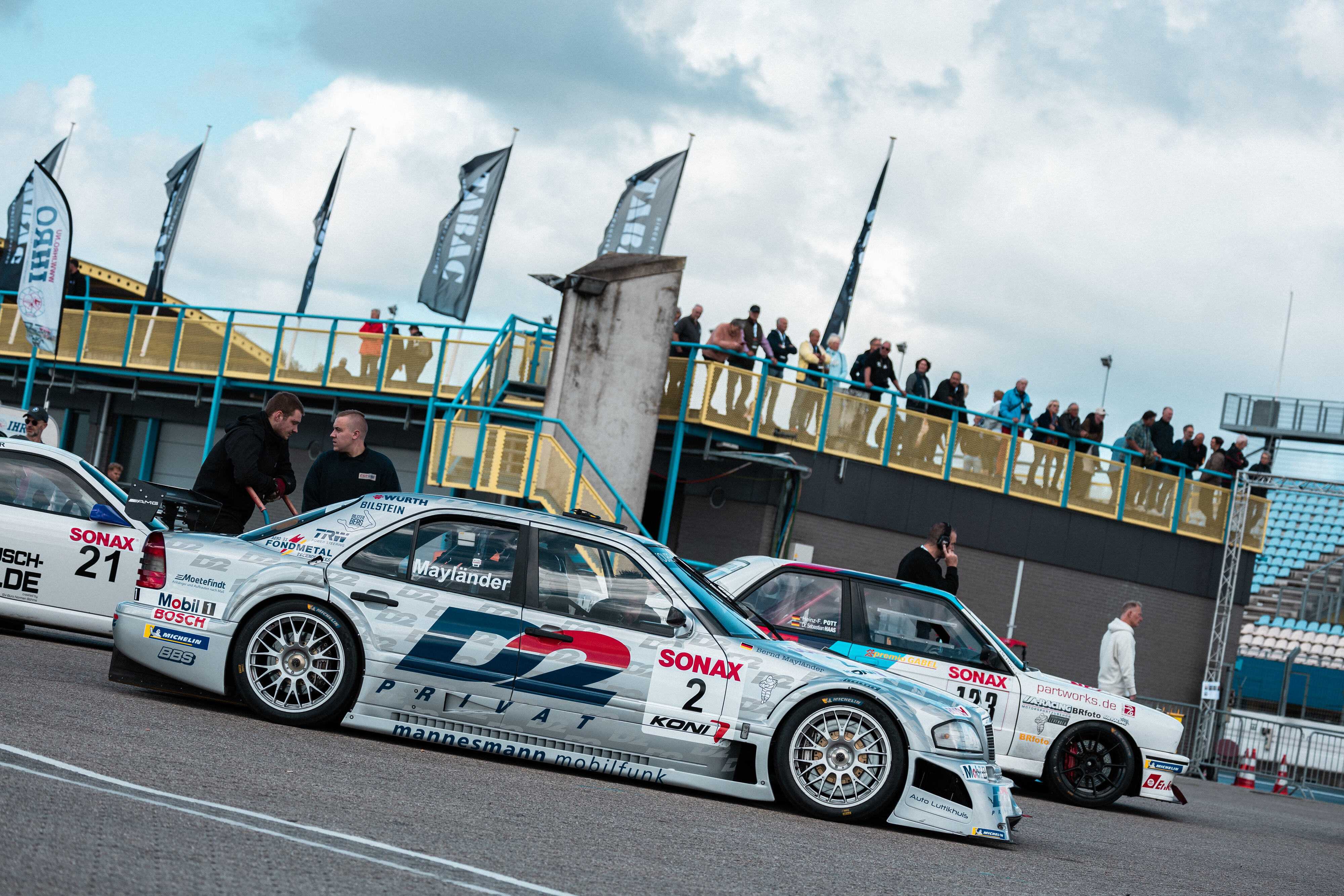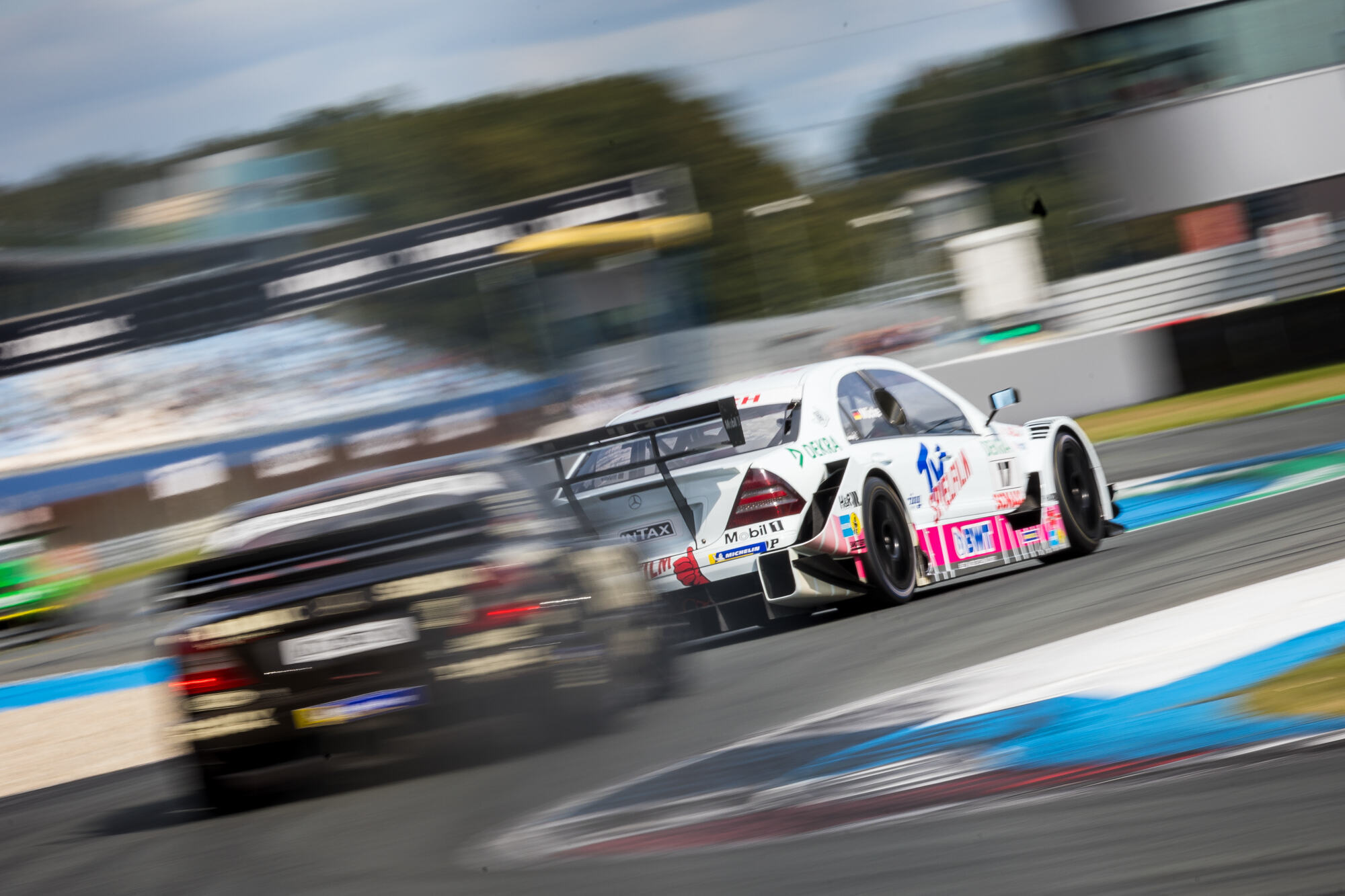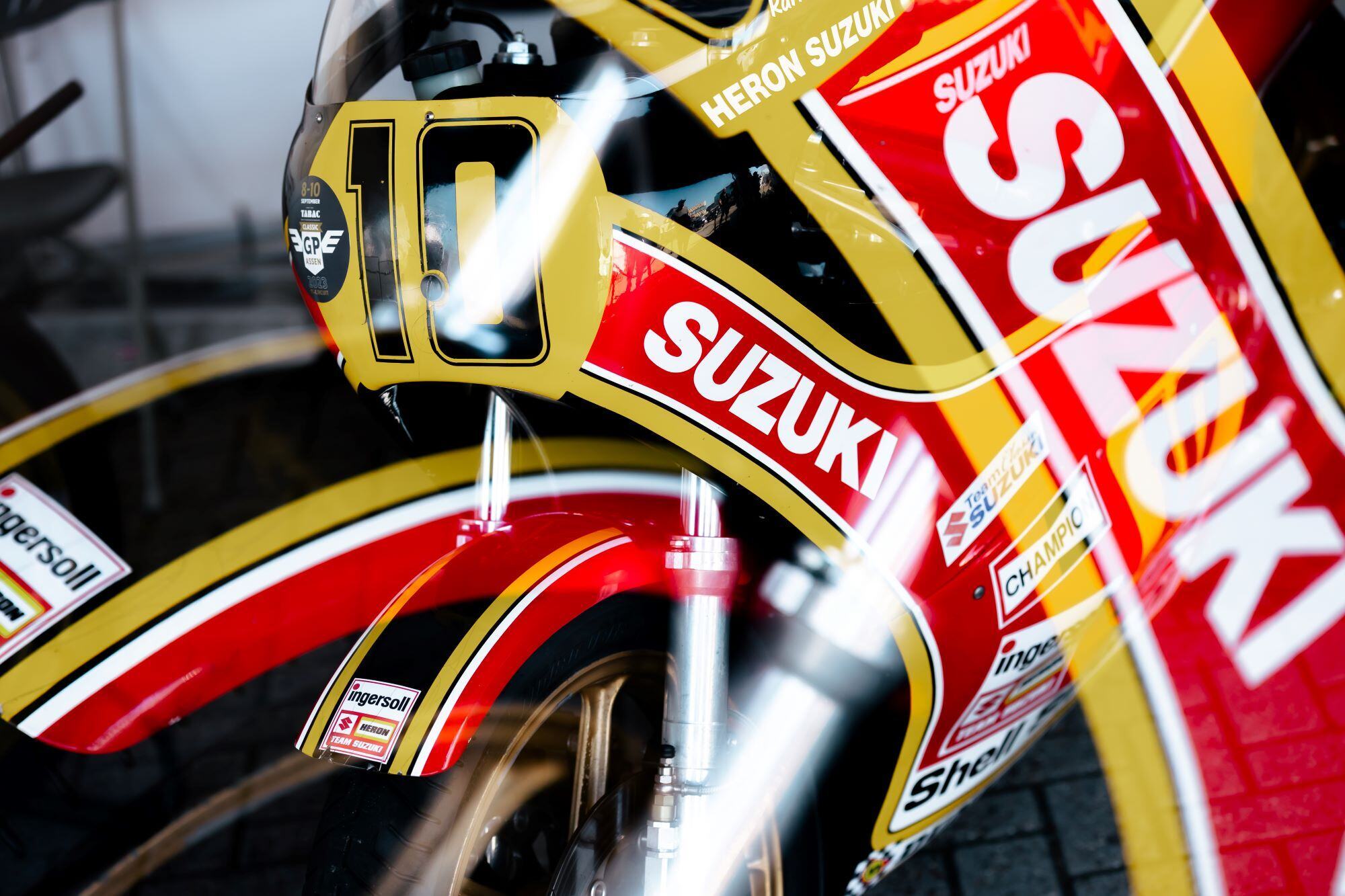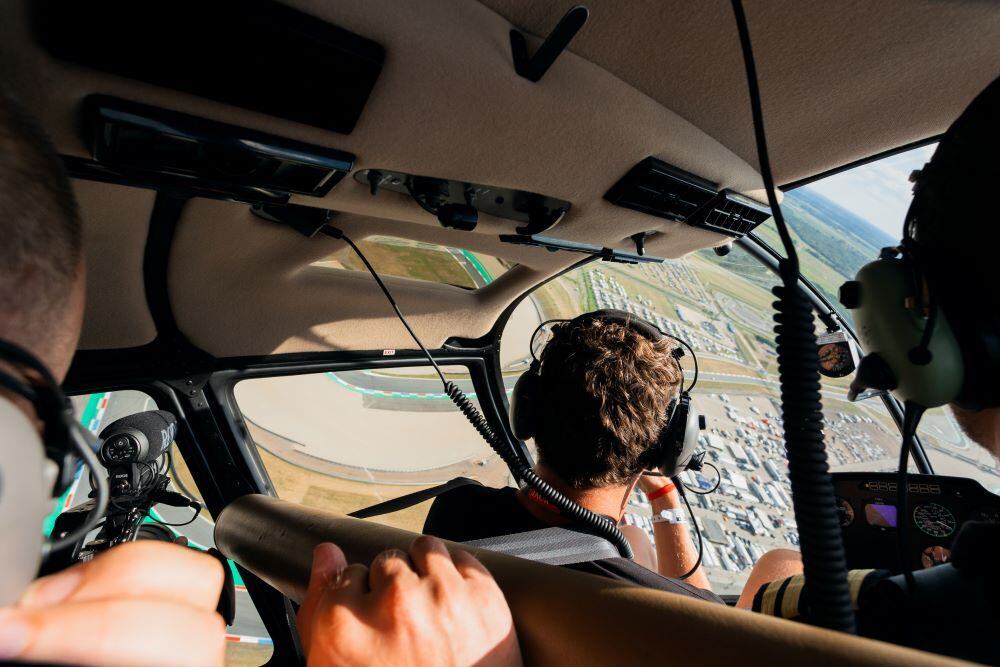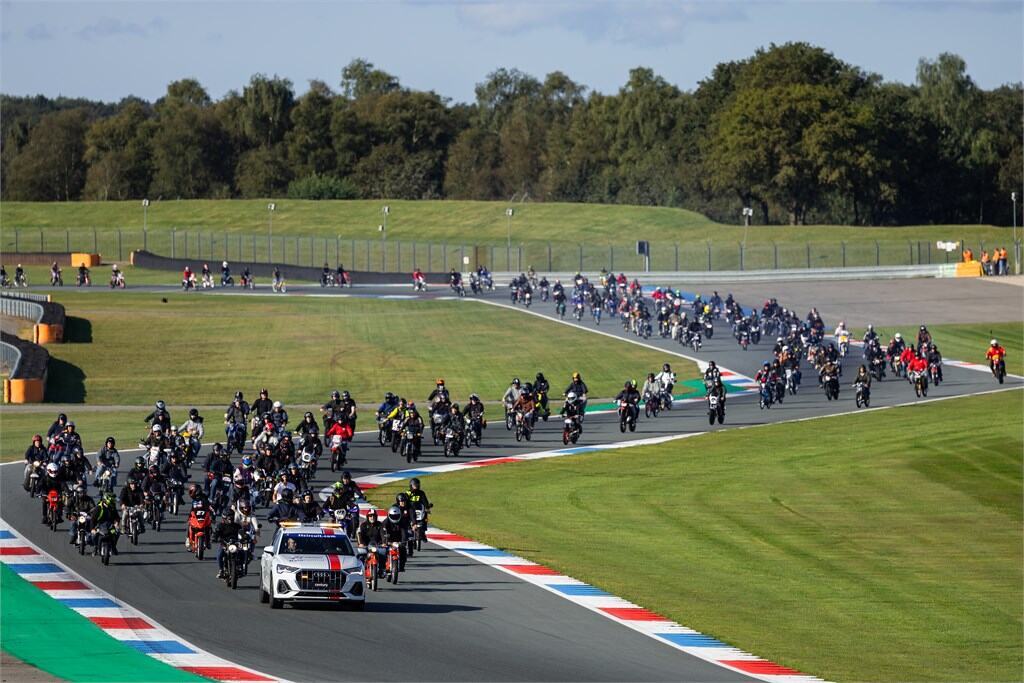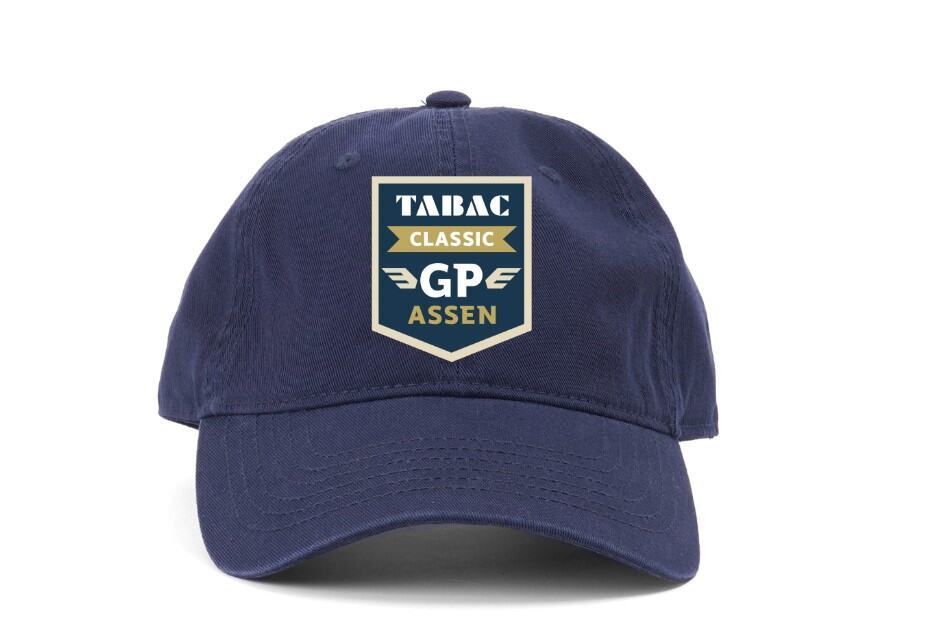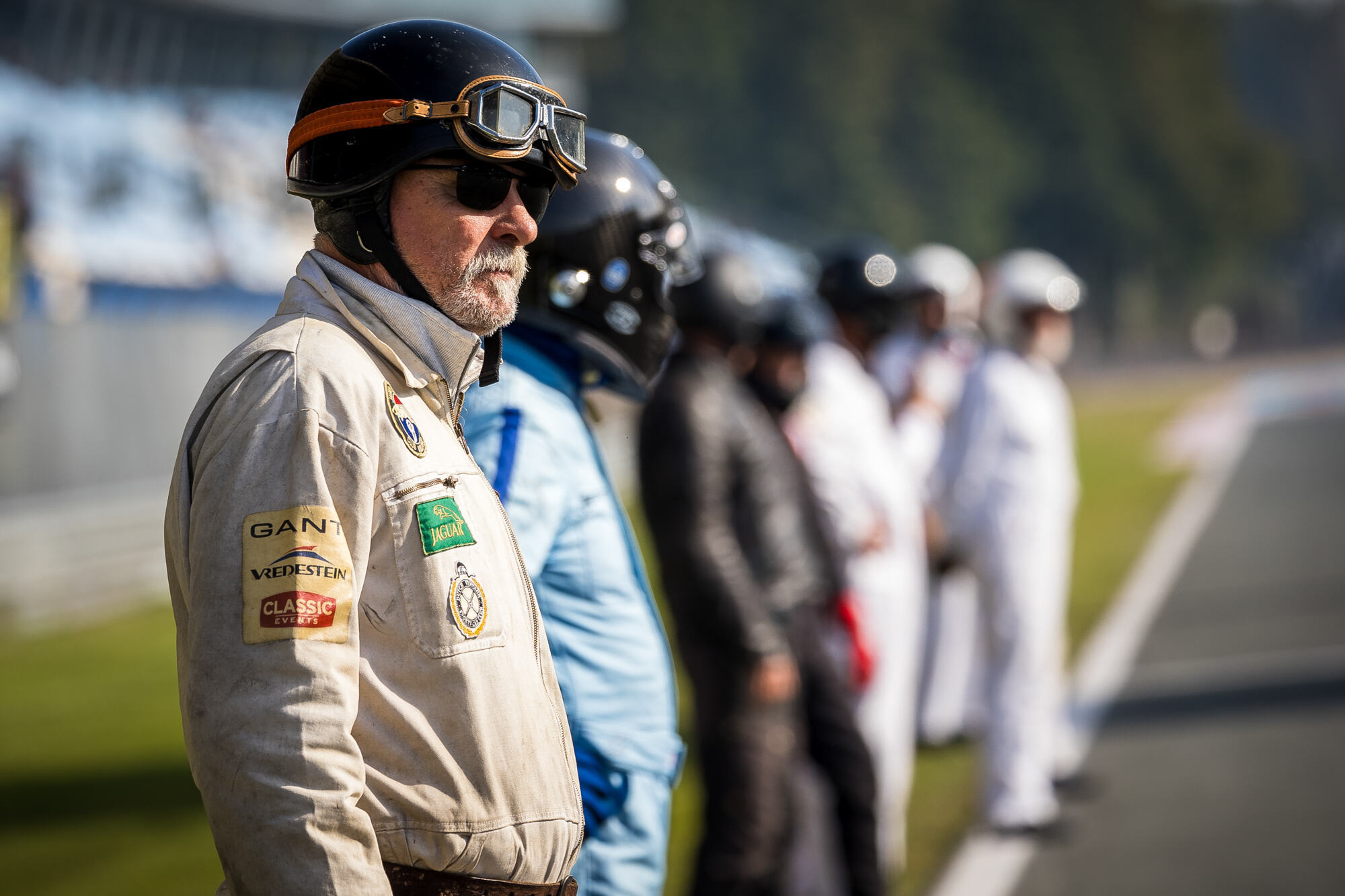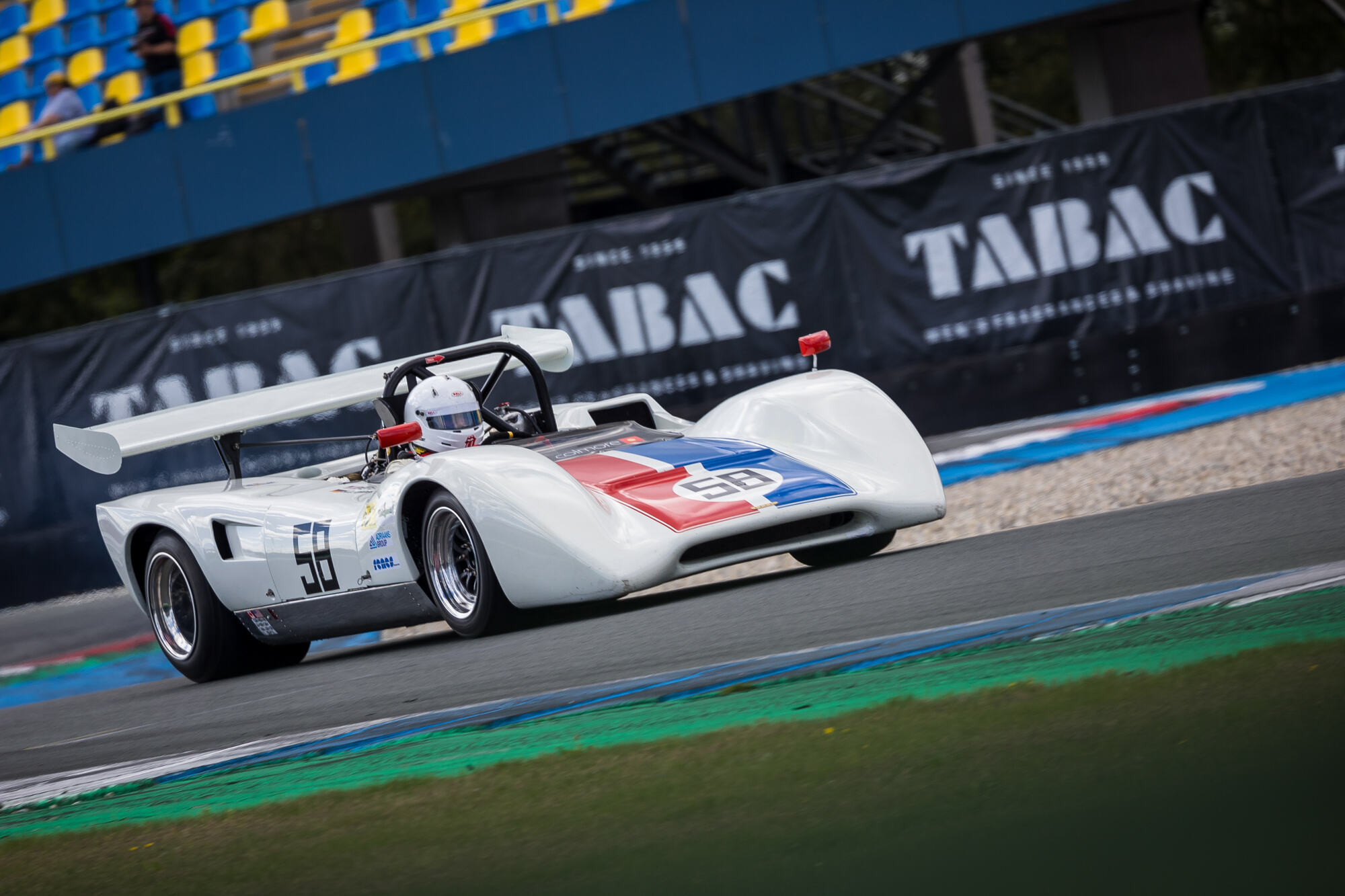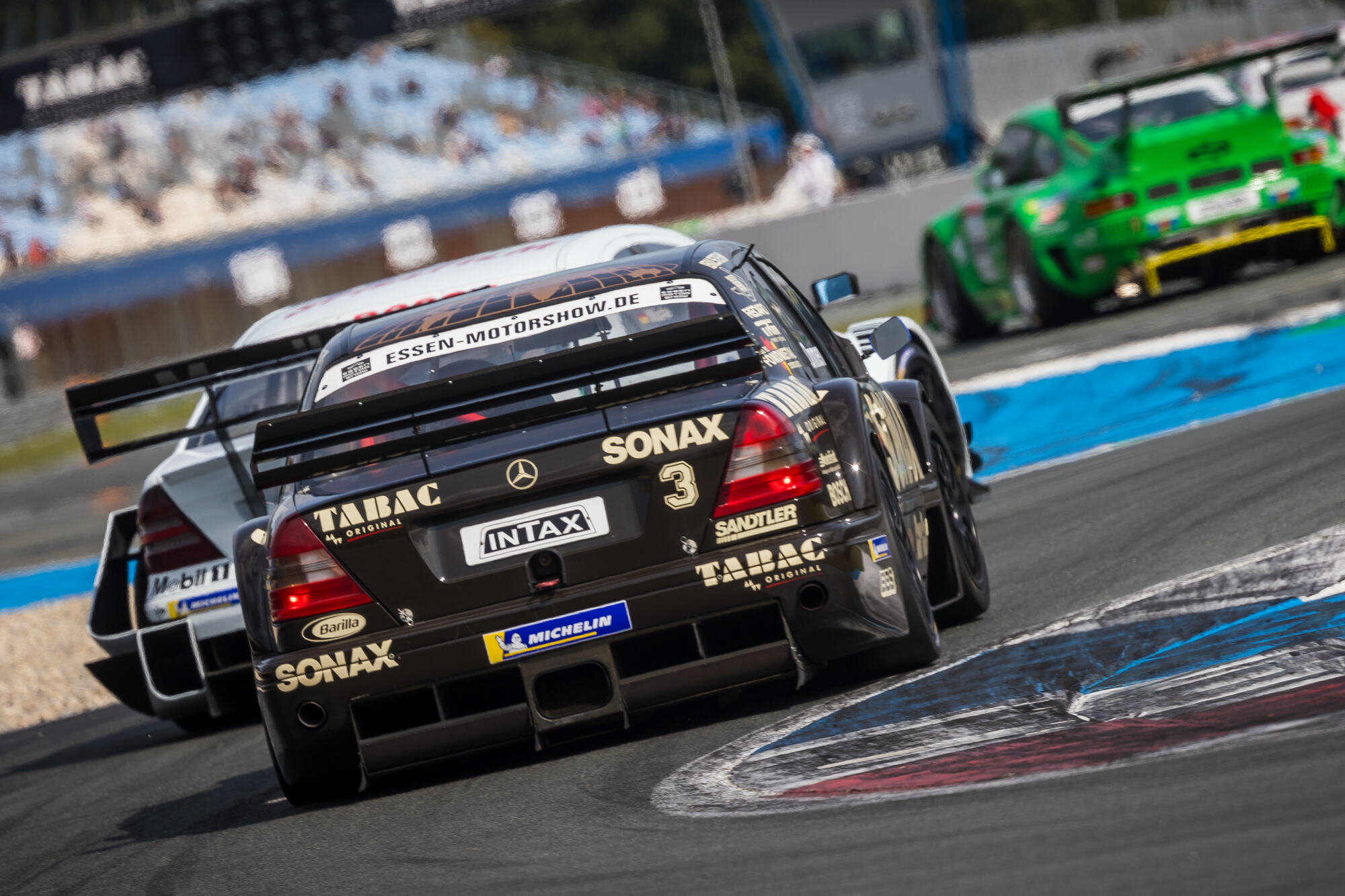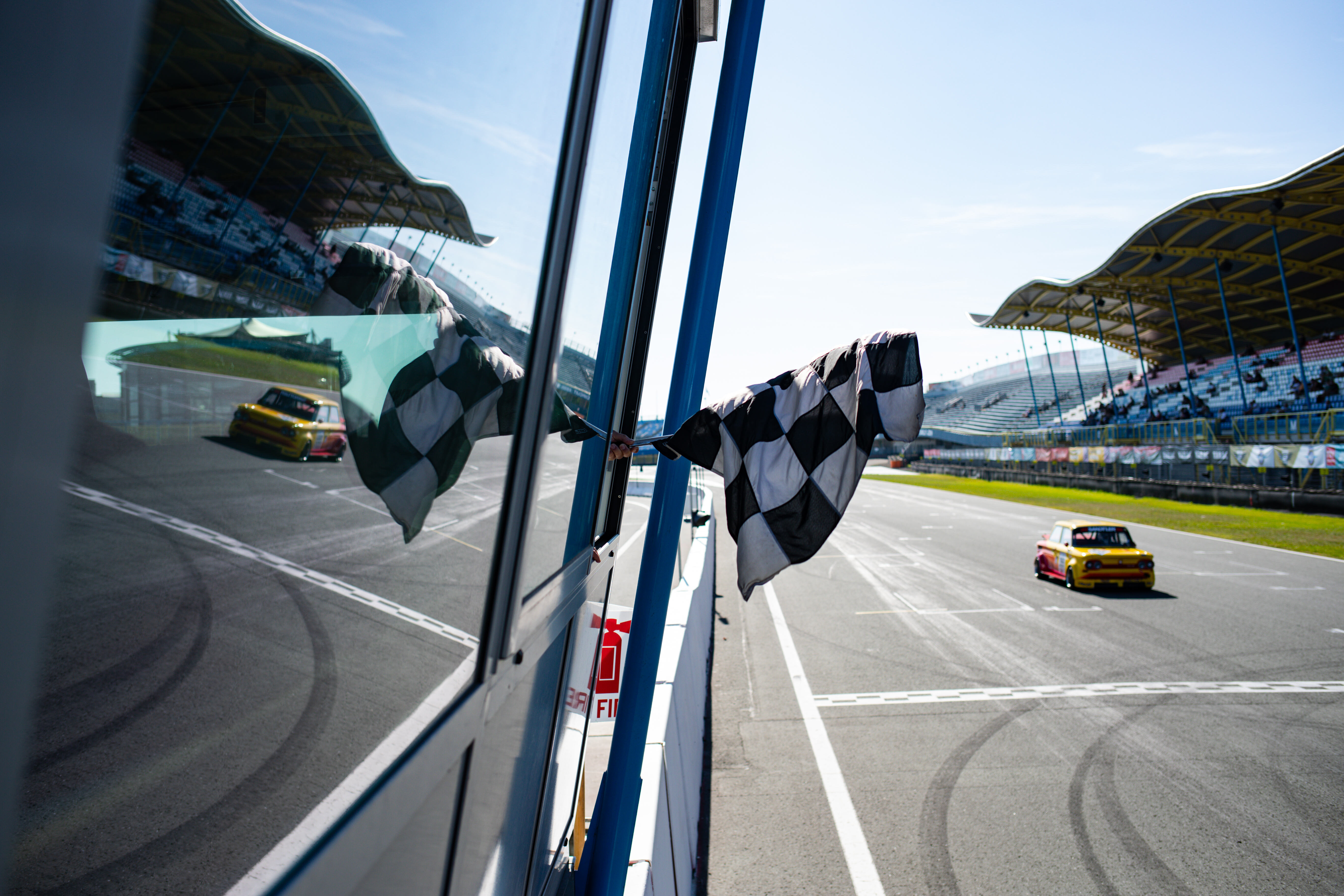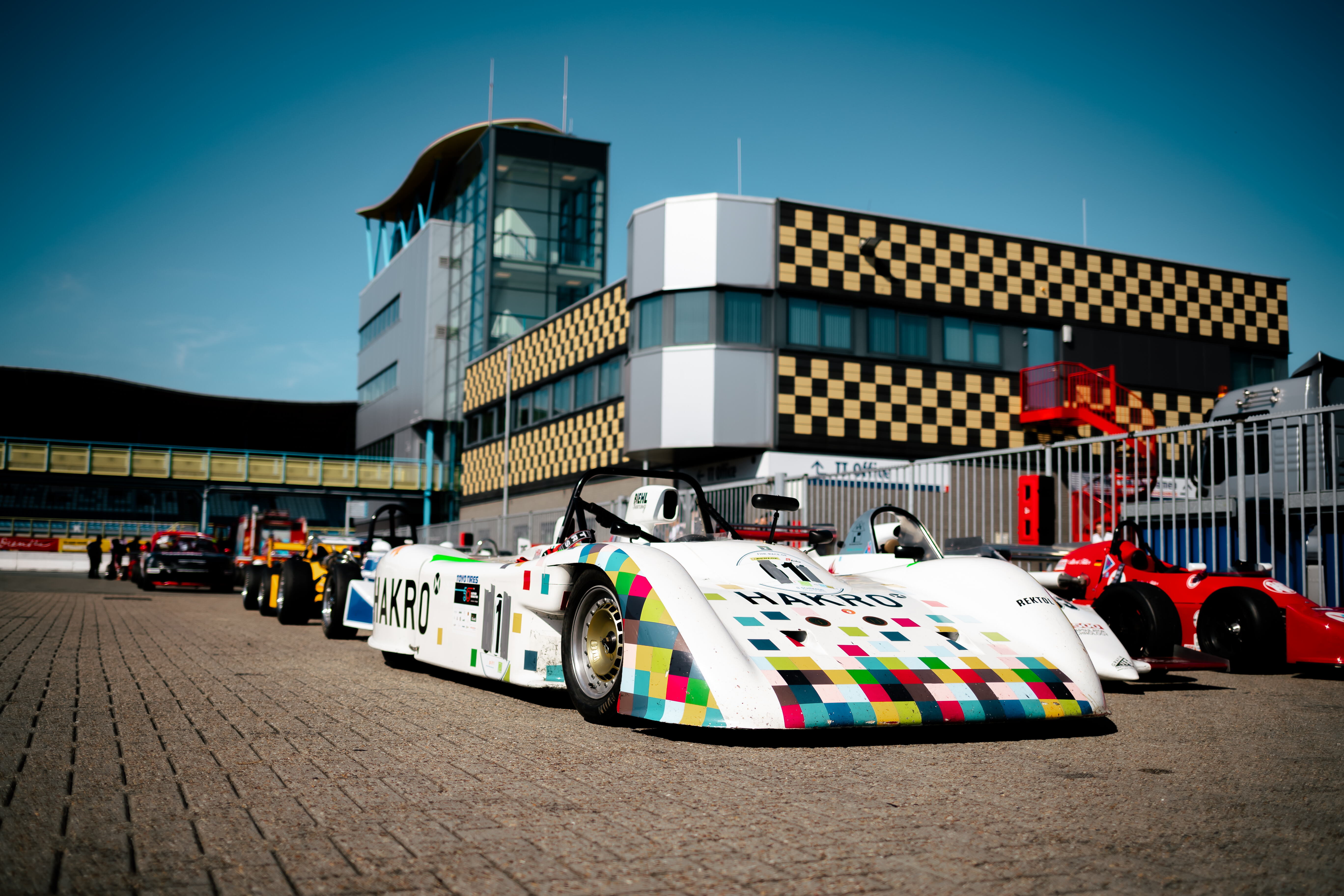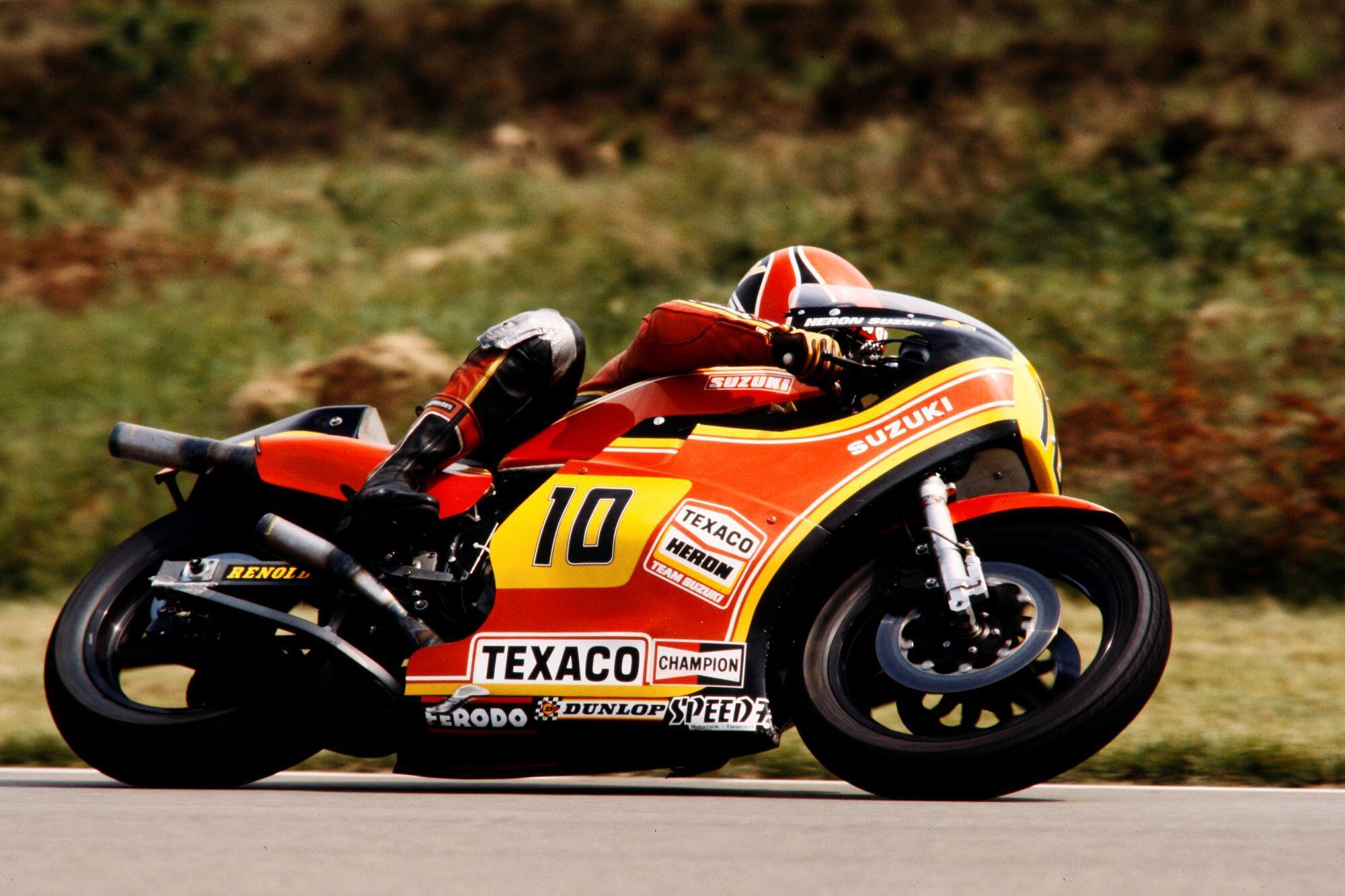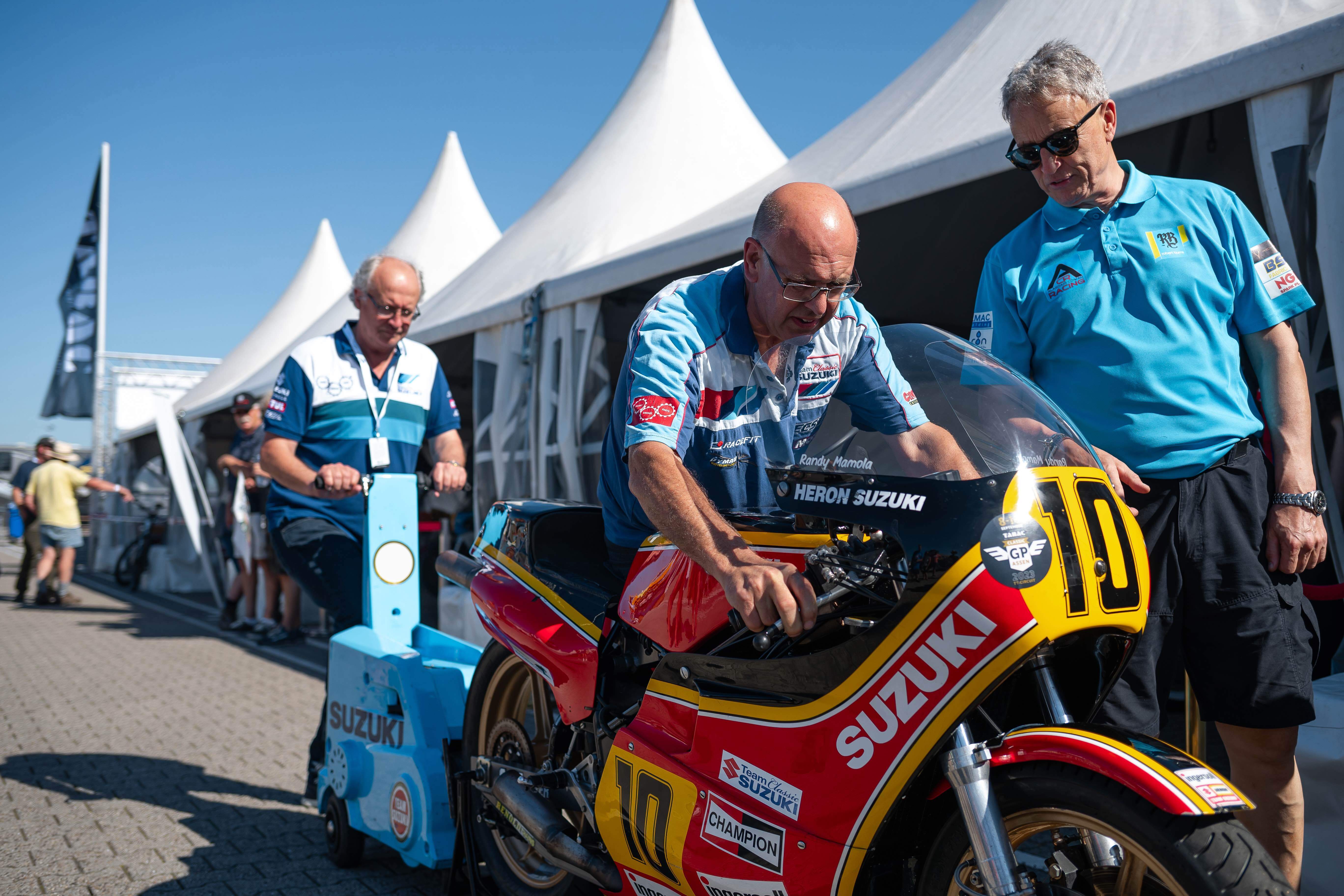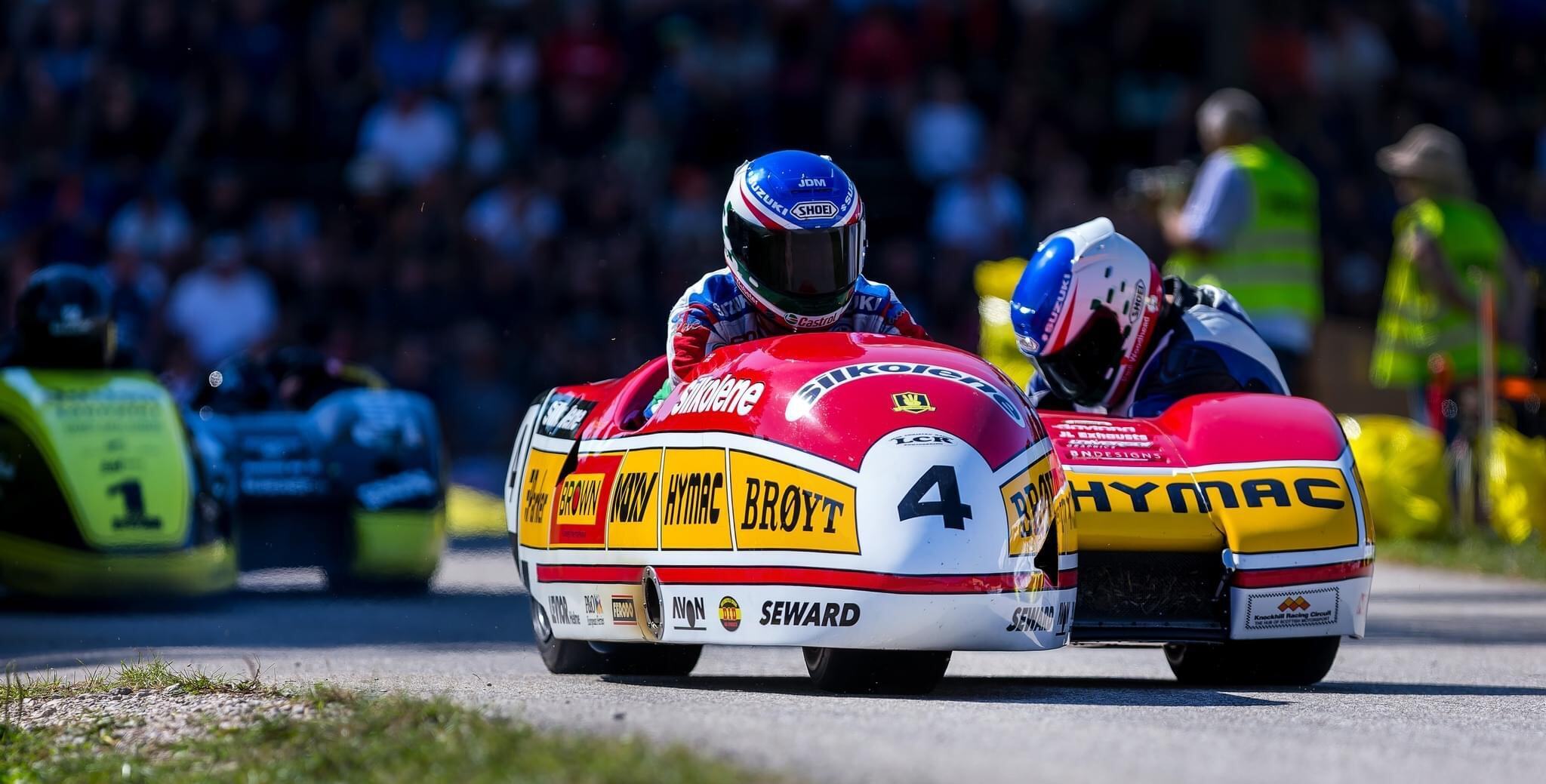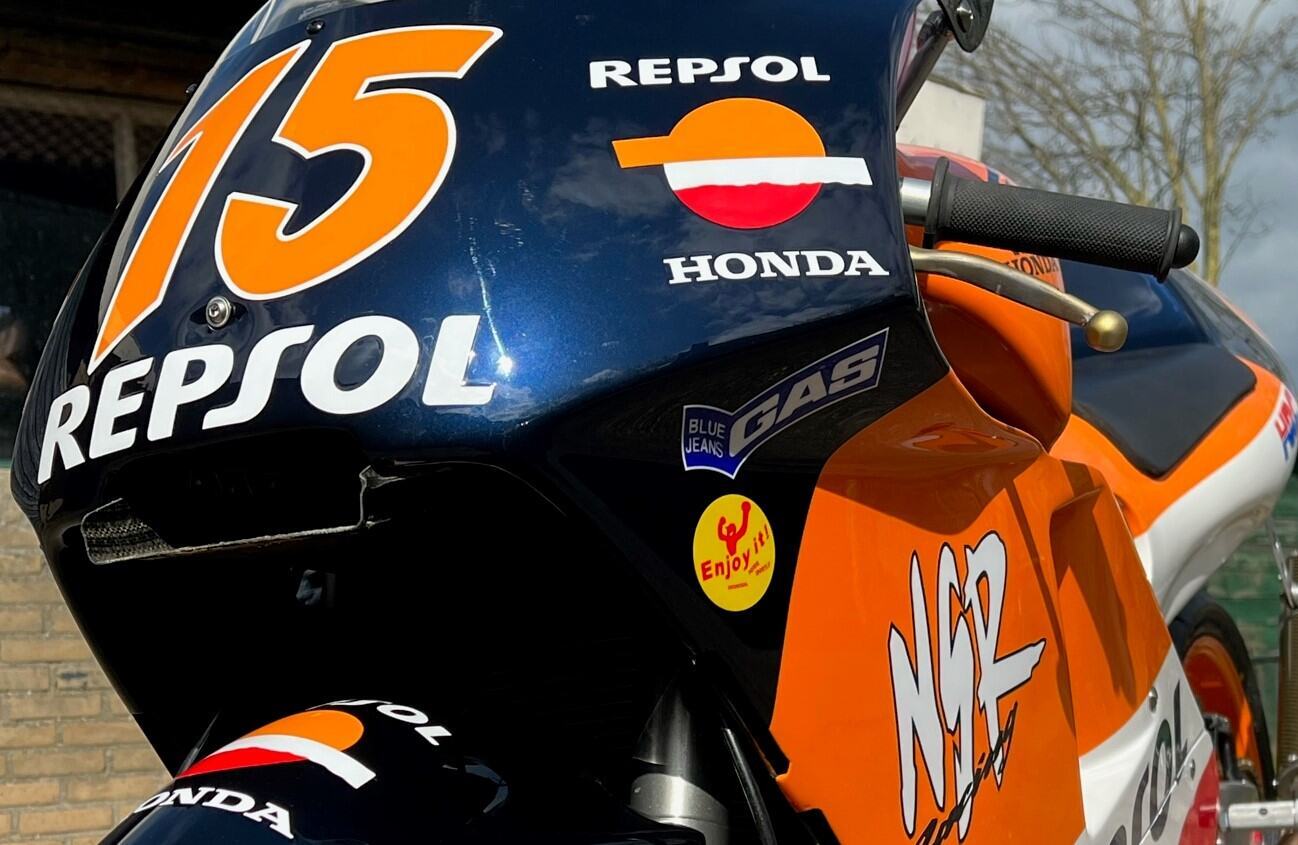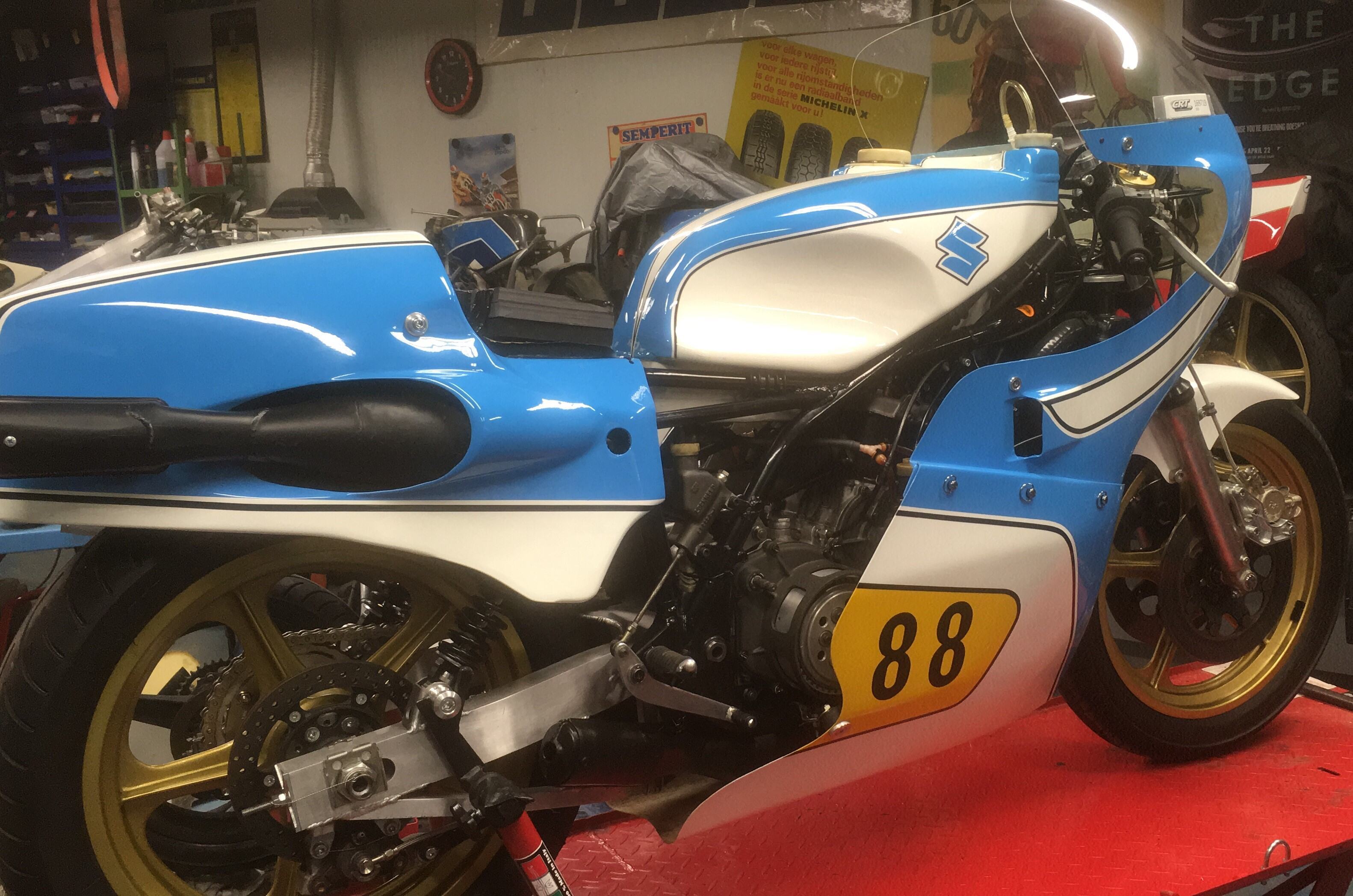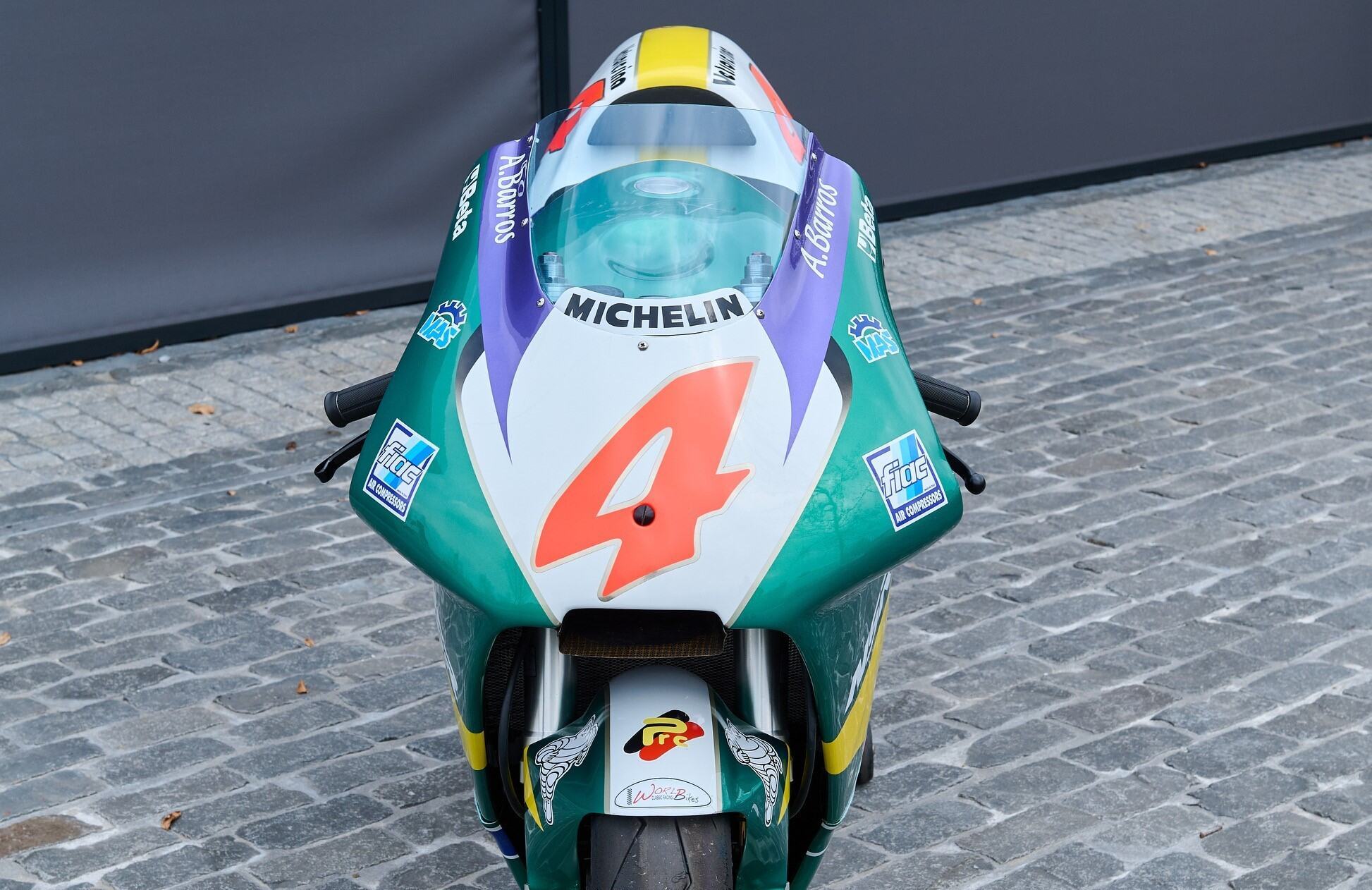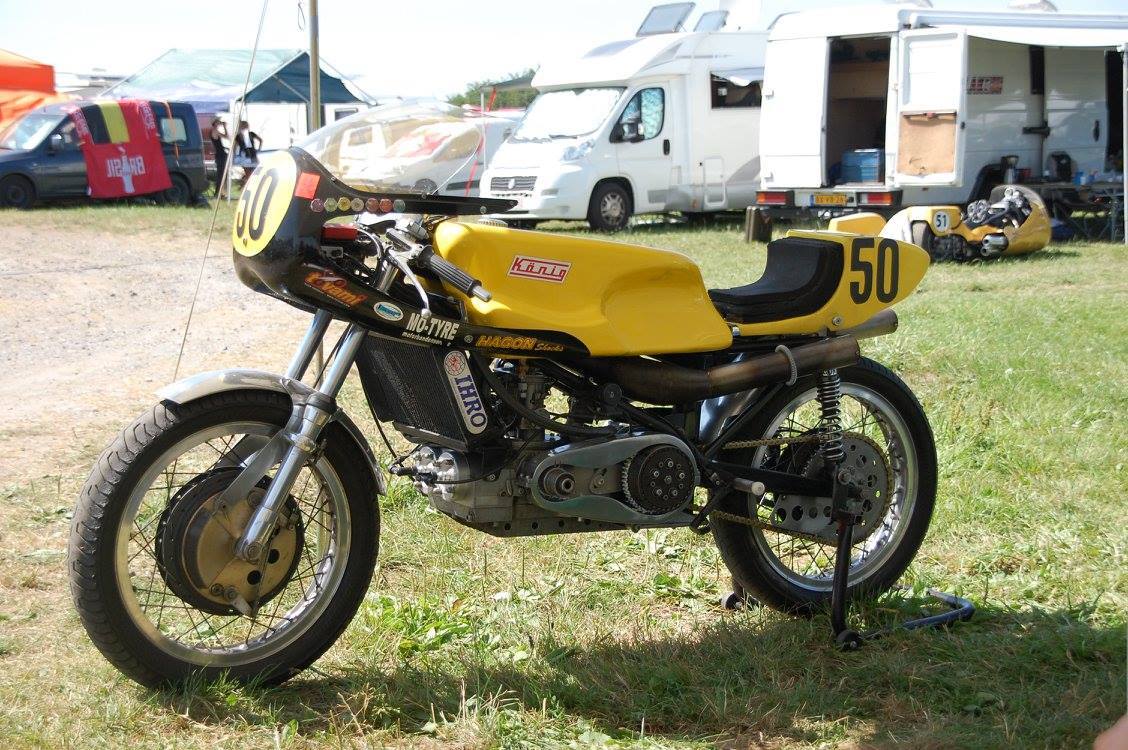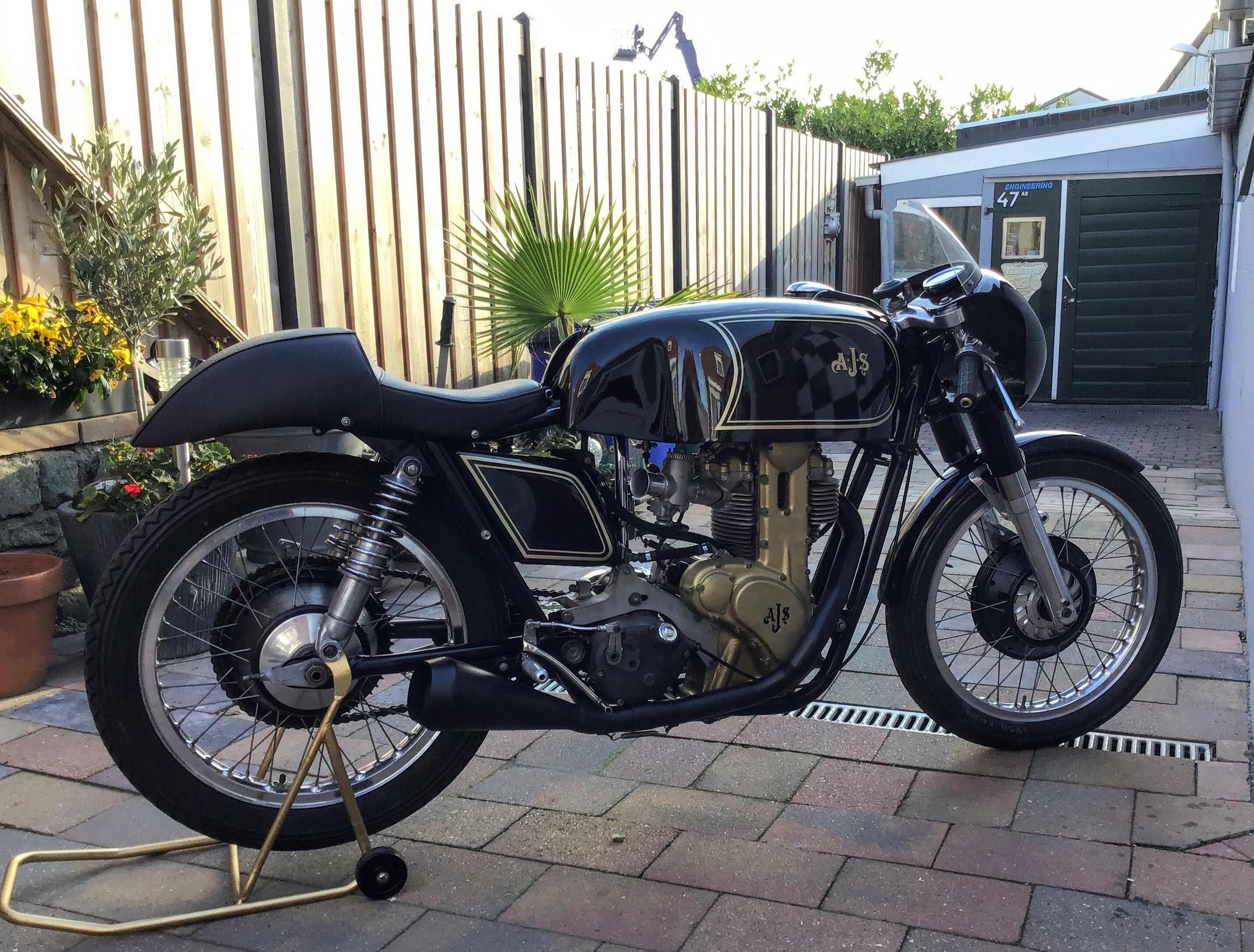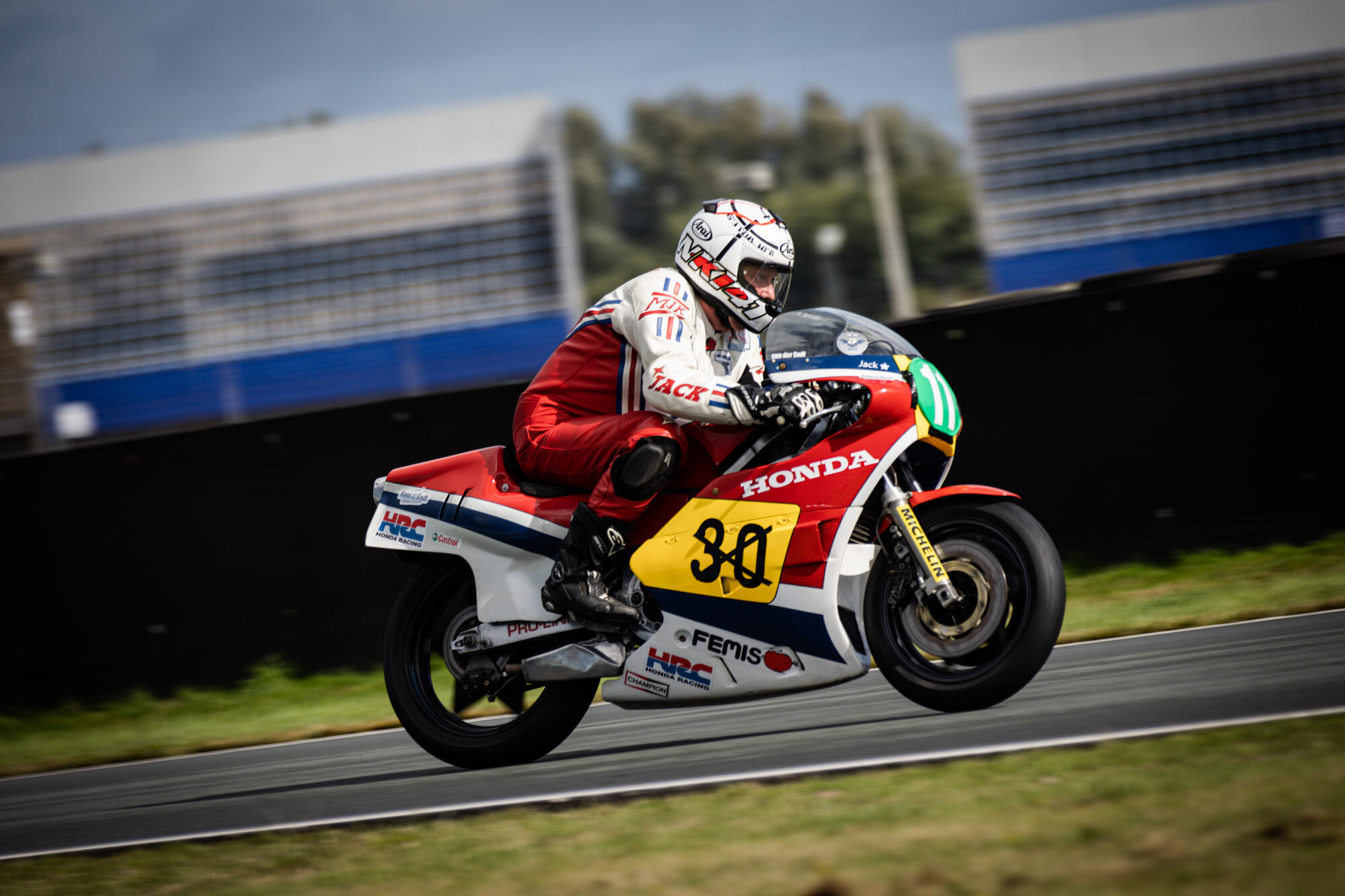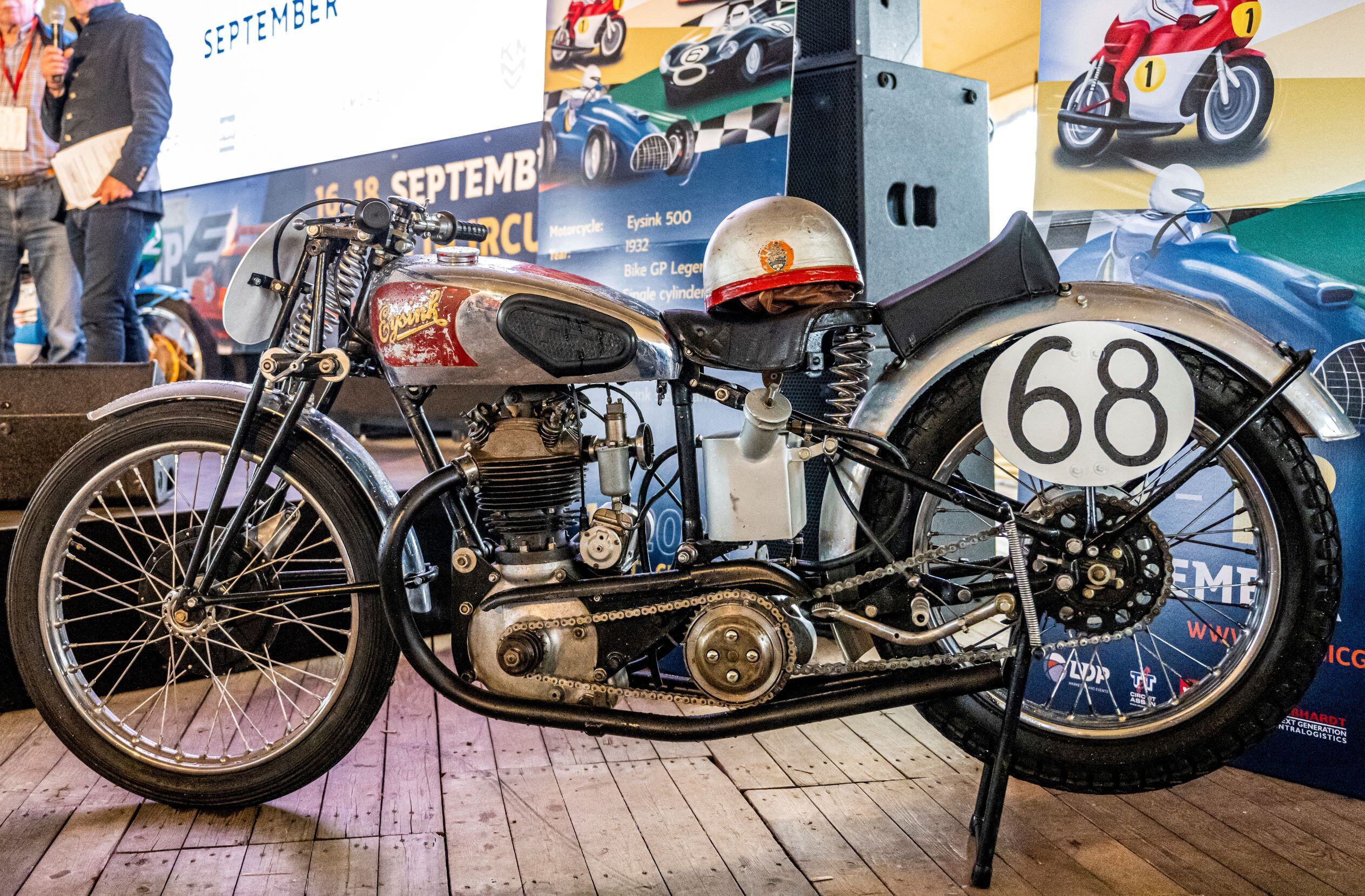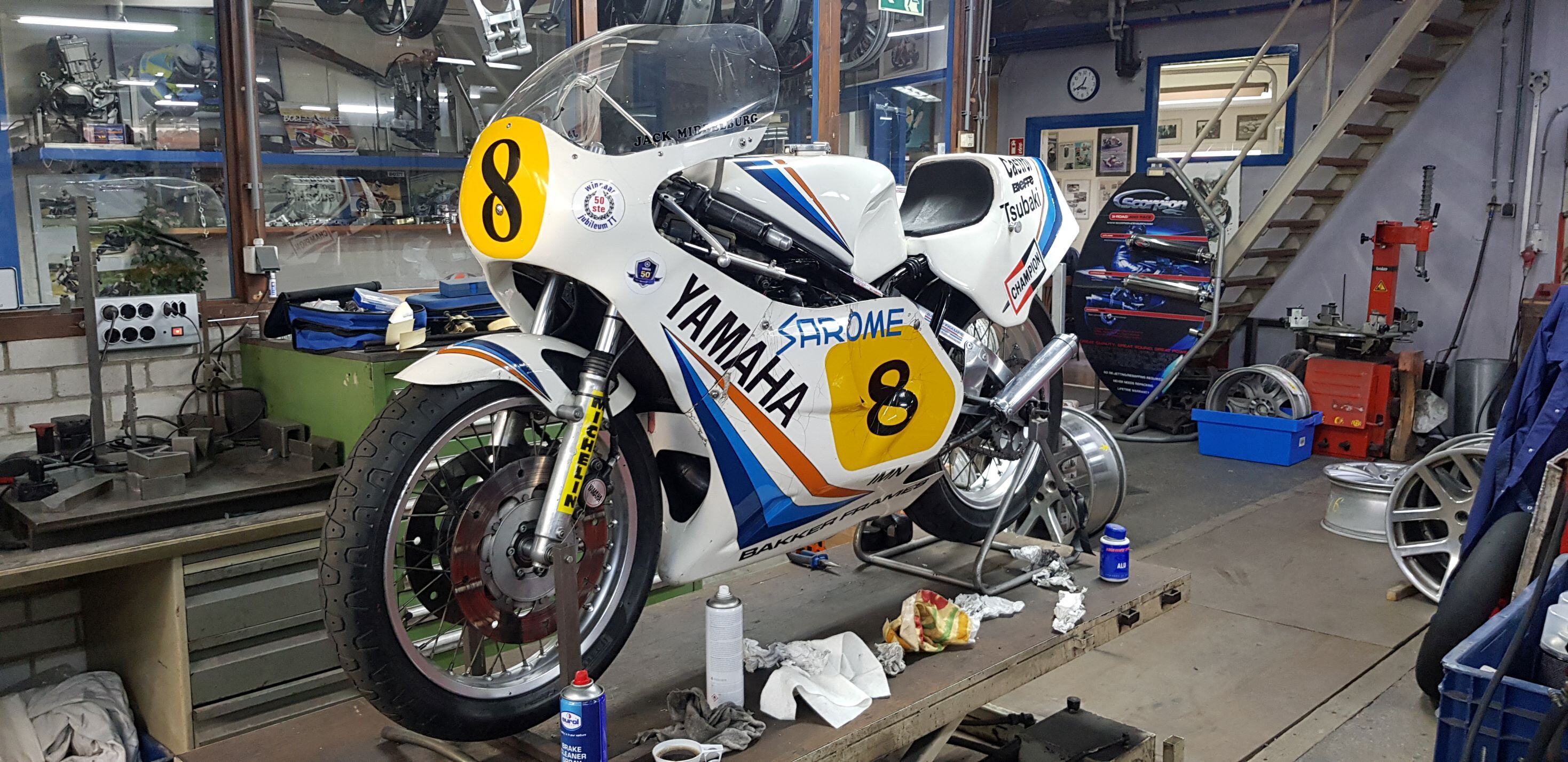1980 Suzuki RG 500 XR34 M1: CONTROVERSIAL FIRST FULL FLOATER
MotoGP Legend Randy Mamola took his first Grand Prix victory at the 1980 Belgian Grand Prix in Zolder. His XR34 was Suzuki’s latest evolution of the square-four RG 500, equipped with an hydraulic anti-dive fork and Suzuki’s full floating single shock suspension system to smoothen the ride. With nigh on 130 horsepower and 300 kilometers per hour the first ‘full floater’ made Mamola’s ‘life in the fast lane’ a lot easier. Suzuki however was involved in a legal dispute throughout the 80s on the matter..
In 1974 a young mechanic in the United States of America had devised a modified suspension system for his own motocross motorcycle. Donald J. Richardson replaced the conventional two-spring shock absorber suspension system with a system consisting of a single shock absorber plus a linkage consisting of a bell crank and connecting rod. This linkage essentially decoupled the shock from the frame and produced a far superior ride, while at the same time eliminating the dangerous ‘bottoming out’ of the suspension. Richardson patented his find and signed an agreement with Suzuki granting the Japanese manufacturer the exclusive right to test and evaluate the system, with an option to acquire a license to Richardson’s patent. While at Suzuki, Richardson developed an alternative shock mount. After a successful protoype test Suzuki applied for its own patent in Japan for the system with the alternative shock mount . The application included a modification made by Suzuki called the ‘criss-cross’. With this patent, Suzuki denied having any further obligation to Richardson.
LEGAL DISPUTE OVER UNIQUE FLOATING SHOCK ABSORBER
In March 1980 Suzuki entered competitive racing with motorcycles using the alternative shock mount suspension, which Suzuki named the ‘Full Floater’, referring to the ‘floating’ position of the shock between the swingarm and the frame which allows the shock to be worked from both ends, as opposed to one end or the other being held in a fixed position. The Full Floater was received well by the riders, stating they could see the bumps but not feel them. With the system achieving widespread commercial success, Richardson filed a law-suit against Suzuki.
The legal dispute would last for almost a decade, but in 1989, after a seven-week trial, a federal court jury in Los Angeles decided that Richardson should be entitled to worldwide royalties for the unique floating shock absorber. Richardson had earlier obtained undisclosed settlements from two other Japanese motorcycle makers, Yamaha and Kawasaki, which he also claimed had violated his patent.
Suzuki’s Full Floating single shock suspension system inspired Honda’s inverted Pro-link, Kawasaki’s Uni-Trak and Yamaha’s Monocross systems. Despite its success Suzuki eventually abandoned the design stating that it was expensive to manufacture and maintain, it was quite heavy and it created a high center of gravity. The Full Floater system is currently used in TREK mountainbikes.
In his first year as a factory rider Mamola finished as runner-up in the world championship behind Kenny Roberts. He took two wins and an additional five top 5 finishes, including one at the memorable 1980 Dutch TT, which saw Jack Middelburg become the last last Dutchman to win the 500 cc class at Assen.
During the TABAC Classic GP Assen MotoGP Legend Randy Mamola will be reunited with his 1980 ‘full floater’ factory Suzuki RG 500; the bike he used to win his first Grand Prix.



